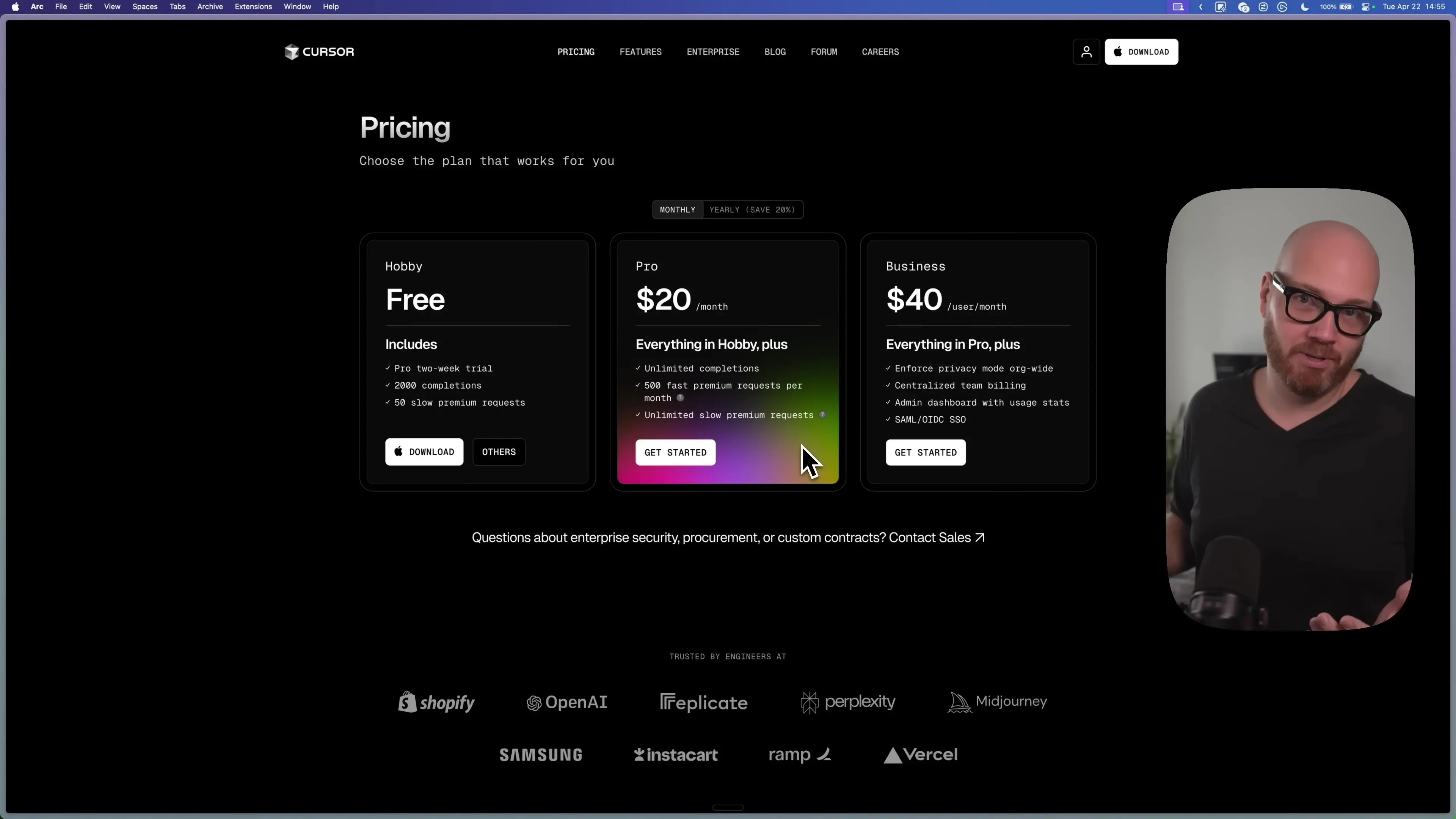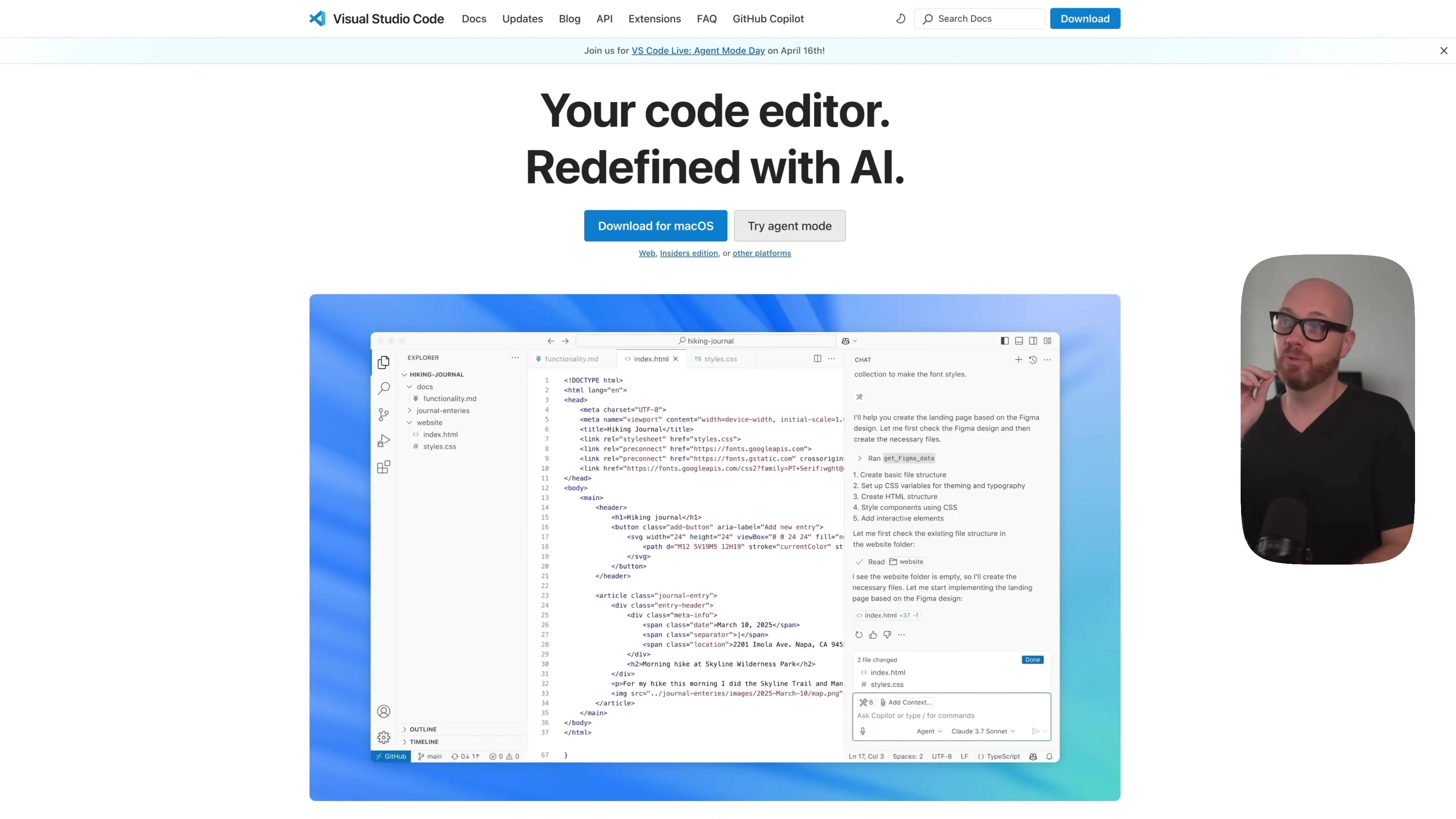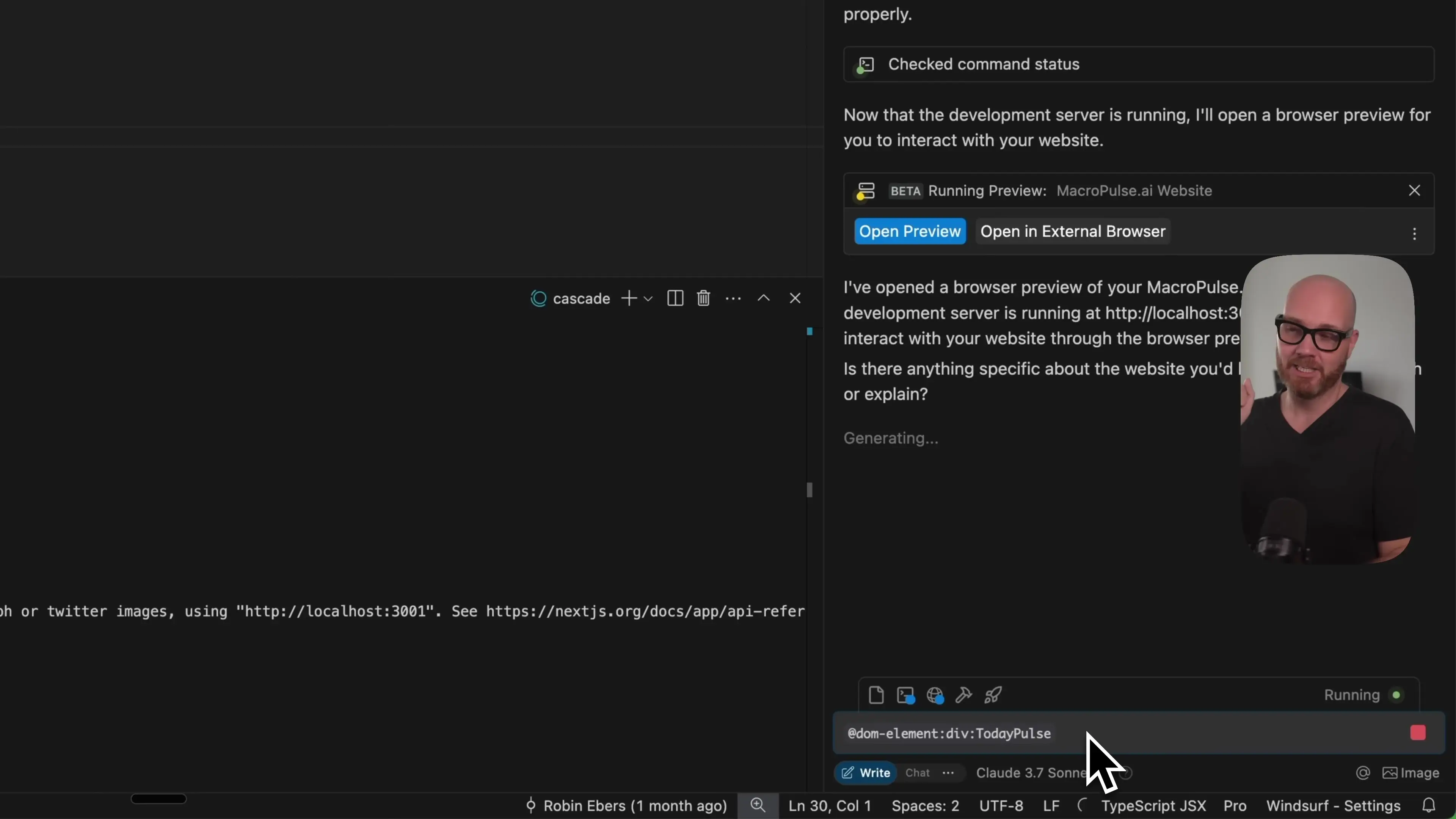
The AI coding assistant landscape has been dramatically reshaped overnight. While Cursor AI has long dominated as the go-to recommendation for developers, Windsurf AI has made several strategic moves that have completely disrupted the market. As developers seek the most efficient and cost-effective tools for their workflow, this comprehensive comparison reveals why many are abandoning Cursor for Windsurf in 2025.
1. Simplified Pricing: Windsurf Eliminates Flow Action Credits
The most significant update that has developers talking is Windsurf's decision to completely remove their controversial flow action credits system. Previously, Windsurf used a confusing pricing model where users were charged not only for messages sent but also for actions the AI performed.

With this change, Windsurf now offers essentially the same package as Cursor but at $15 per month instead of $20—a straight 25% savings. Even for additional credits beyond the included allocation, both platforms now charge the identical rate of 4 cents per credit.
While Cursor does offer unlimited slow premium requests, these are generally considered too sluggish for serious development work. For the vast majority of professional developers, Windsurf now delivers identical functionality at a significantly lower price point.
2. Potential OpenAI Acquisition: A $3 Billion Game-Changer
Industry insiders report that OpenAI, the company behind ChatGPT, is in discussions to acquire Windsurf for approximately $3 billion. While still unconfirmed, this potential acquisition could be transformative for the platform's future development.
OpenAI's substantial financial resources would likely fuel aggressive improvements to Windsurf's capabilities. Users might see deeper ChatGPT integrations and possibly even included access to premium OpenAI features within their Windsurf subscription.
For developers considering which platform to commit to, there's a strategic advantage to adopting Windsurf now. The company has previously grandfathered existing users into favorable pricing when making significant changes, meaning early adopters might secure better rates than those who sign up post-acquisition.
3. Superior AI Memory Management
One of Windsurf's longstanding advantages over Cursor has been its more effective token context window management—what developers often refer to as AI memory. This technical difference has significant practical implications.
Windsurf consistently remembers more of your project for longer periods, while Cursor's aggressive memory optimization often leads to the AI forgetting recent conversations or code it was just examining. This fundamental difference means Windsurf makes fewer context-related mistakes and provides more coherent assistance across complex projects.
For developers working on larger codebases, this translates to less time spent re-explaining project structure and requirements, resulting in faster development cycles and fewer frustrating interactions.
4. Familiar Interface for Easy Transition
Both Cursor and Windsurf are built on Microsoft's open-source Visual Studio Code, meaning they share remarkably similar interfaces and functionality. This common foundation creates a virtually seamless transition experience for developers considering the switch.
Current Cursor users will find Windsurf immediately familiar, with nearly identical options, keyboard shortcuts, and user interface elements. This eliminates the typical learning curve associated with adopting new development tools, allowing teams to maintain productivity while benefiting from Windsurf's advantages.
5. Built-in App Deployment Capabilities
Windsurf has recently introduced a game-changing feature called App Deploys, which allows users to deploy applications directly from the editor without additional configuration steps. Remarkably, this functionality is included in all plans—even the free tier.
This feature clearly positions Windsurf to appeal to non-technical founders and tech-curious professionals who want more control than no-code platforms like Lovable, Bolt, or V0 can provide, but with less complexity than traditional development workflows.
For teams straddling the line between development and business functions, this integrated deployment capability significantly streamlines the build-test-deploy cycle, reducing friction and accelerating time-to-market for new features.
6. Direct Browser Integration
Windsurf offers a powerful capability that Cursor doesn't yet natively support: the ability to open projects directly in your local browser with interactive element selection.

This feature allows developers to connect their editor to Chrome, Arc, or other browsers, then directly point at and interact with page elements. The integration creates a seamless workflow between code editing and visual output, particularly valuable for frontend development work.

By simply asking Windsurf to open a browser preview of your website, you can instantly interact with your application, select elements visually, and request changes that the AI can implement directly in your code—creating a much more intuitive development experience.
7. More Economical Premium Model Credits
A final significant advantage of Windsurf is its more economical handling of premium AI model credits. While Cursor charges two credits for access to advanced models like Claude 3.7 Sonnet, Windsurf requires only 1.25 credits for the same capability.
This 37.5% credit savings for premium model access means that developers can leverage more powerful AI capabilities within the same monthly credit allocation, stretching their subscription value significantly further.
For teams working on complex projects that benefit from the enhanced reasoning capabilities of premium models, this pricing difference can translate to substantial savings over time.
Cursor AI vs Windsurf AI: The Verdict for 2025
With Windsurf's new pricing model, superior AI memory management, potential OpenAI backing, and features specifically designed for both technical developers and non-technical founders, it has established itself as the leading choice for AI-assisted coding in 2025.
The combination of a 25% lower subscription cost, more economical premium model access, integrated deployment capabilities, and superior browser integration creates a compelling case for developers to make the switch from Cursor to Windsurf.
- 25% lower monthly subscription cost ($15 vs $20)
- Superior AI memory management for fewer context errors
- Potential OpenAI acquisition bringing future enhancements
- Familiar VS Code-based interface for easy transition
- Integrated app deployment capabilities on all plans
- Direct browser integration with interactive element selection
- 37.5% savings on premium AI model credits
For development teams looking to maximize productivity while minimizing costs, Windsurf AI has positioned itself as the clear winner in the AI coding assistant market for 2025. As AI continues to transform software development workflows, tools like Windsurf that offer the right balance of power, usability, and affordability will increasingly become the standard for professional developers and tech-curious founders alike.
Let's Watch!
Windsurf AI vs Cursor: 7 Reasons Why Developers Are Switching in 2025
Ready to enhance your neural network?
Access our quantum knowledge cores and upgrade your programming abilities.
Initialize Training Sequence